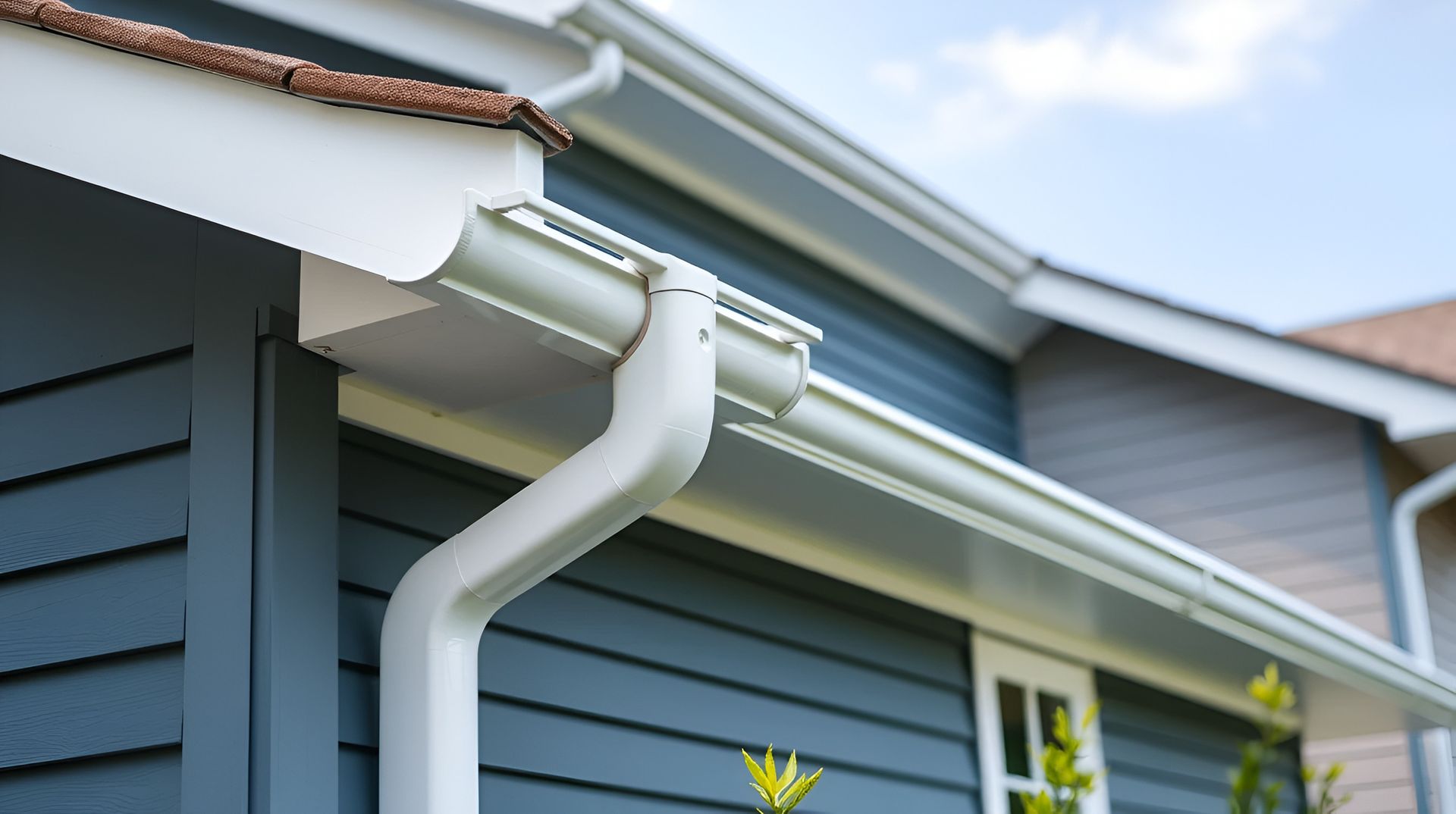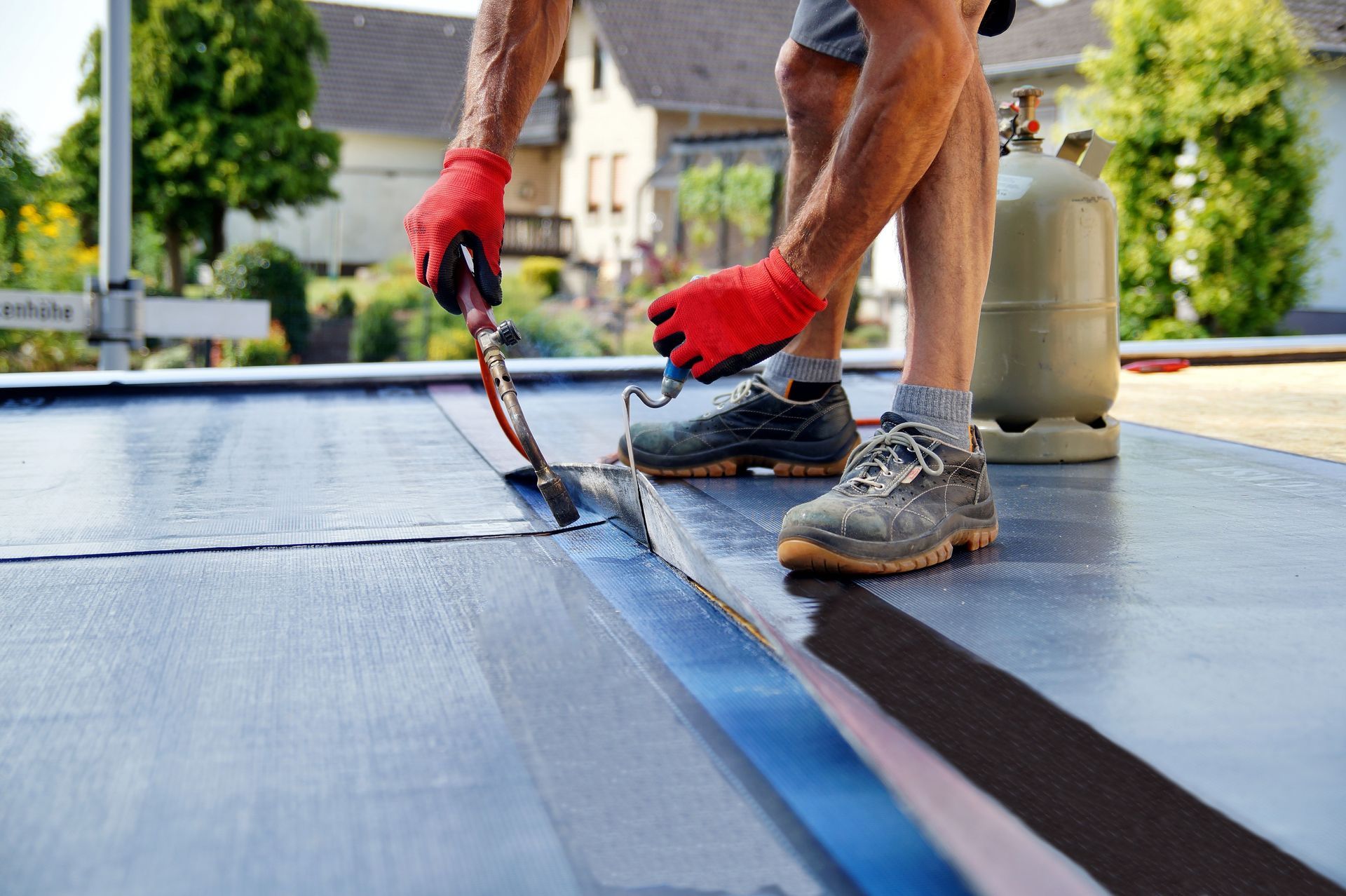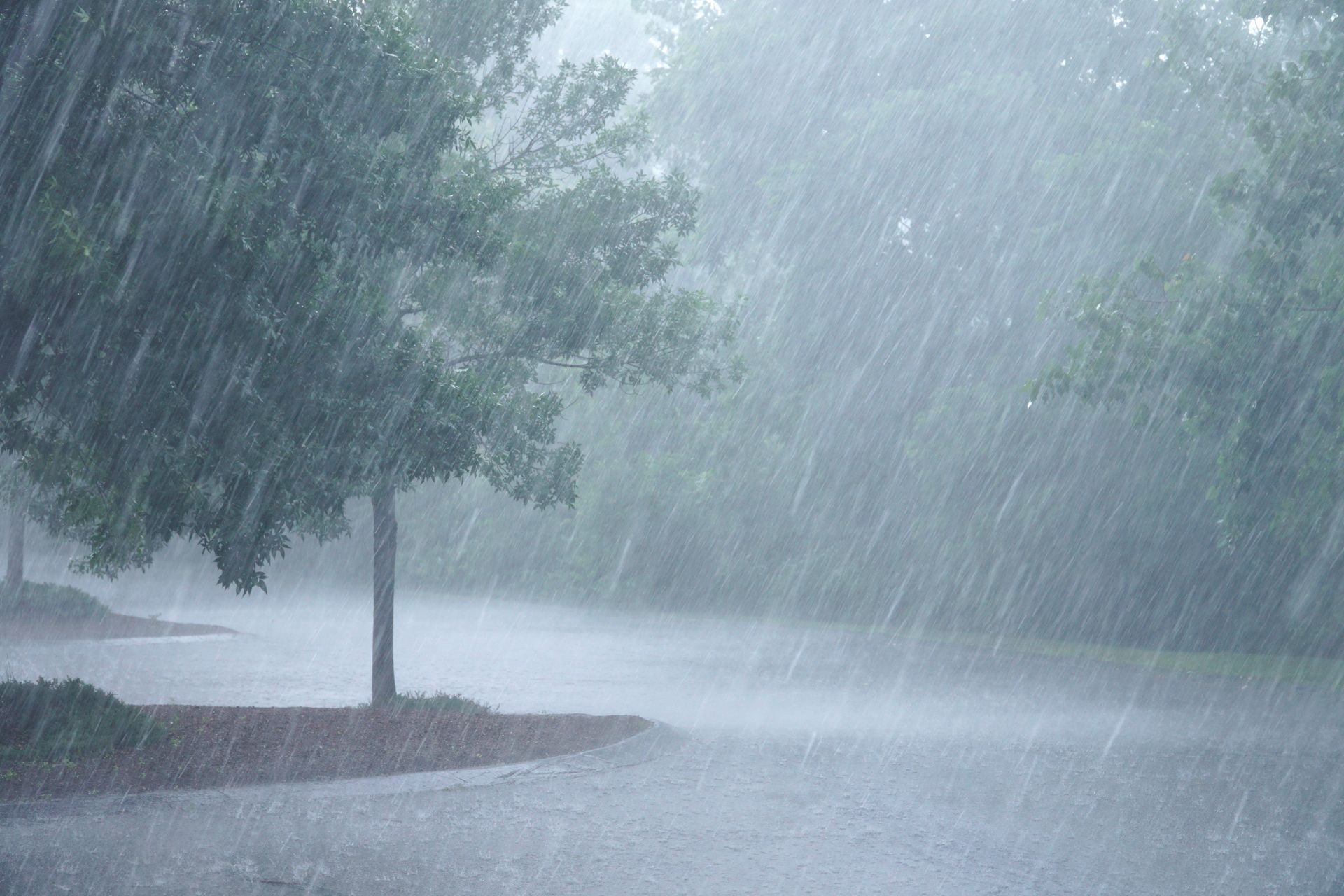Siding + Roof Edge Integration: Where Hidden Leaks Start on Seattle Homes

Seattle homeowners are no strangers to rain, but their focus is often on their shingles or gutters. They often overlook the deceptively complex joint where their roof meets their home’s siding.
When details like step flashing, kick-out flashing and weather-resistant barrier (WRB) tie-ins are skipped or done incorrectly on homes with little or no roof overhang, water can find its way inside.
Over time, that hidden moisture can lead to mold, rot and costly structural repairs.
If the roof plane on your home runs directly into a wall and you have spotted unexplained stains near your roof edge or siding, you may be seeing the early signs of a roof-to-siding leak.
Why Roof and Siding Connections Matter
The Pacific Northwest’s heavy rainfall and wind-driven storms mean water isn’t always falling straight down. It’s pushed sideways against siding and driven into every tiny gap at roof-to-wall intersections. That’s why flashing and WRB tie-ins exist: they’re the unsung heroes that keep water outside where it belongs.
Unfortunately, these details are often overlooked or improperly installed, especially in older homes or rushed remodels. The result is that moisture sneaks behind siding, bypasses your roofing system and sets the stage for hidden leaks.
Step Flashing Is the First Line of Defense
Step flashing is installed where a roof slope meets a vertical wall. Each piece of flashing is layered beneath shingles and against the wall to redirect water down and away. When properly installed, step flashing creates a watertight staircase that channels water safely.
But when flashing is missing, corroded or buried behind siding without overlap, water doesn’t shed; it infiltrates. Once inside, it soaks the sheathing and insulation, often without visible signs until significant damage is done.
Key red flags of step flashing failure include:
- Stains or bubbling paint along siding where the roof meets the wall
- Soft or swollen drywall inside rooms adjacent to those roof edges
- Moss or algae streaks trailing down siding surfaces
Kick-Out Flashings
Another overlooked components at roof edges is the kickout flashing. This small angled piece is installed at the bottom of step flashing runs, where the roof meets the end of a wall. Its job is to “kick” water away from the siding and into the gutter.
Without kickout flashing, water follows the wall, running behind siding and straight into the building envelope. Over time, this causes rot, mold growth and in some cases, major structural compromise.
WRB Tie-Ins Connect the Hidden Layers
The weather-resistant barrier (WRB) is the house wrap or paper beneath your siding that must connect seamlessly with flashing at roof edges. This tie-in ensures water has a continuous path down and out.
When WRB is cut short, left untaped or fails to overlap flashing, water finds the gap and penetrates the sheathing. Because WRB is hidden, problems often go undetected until stains or interior leaks appear. Correct tie-ins are crucial during both new construction and siding replacement projects, yet they’re often skipped by inexperienced crews.
Telltale Signs of a Roof-Siding Leak
Hidden leaks don’t announce themselves right away. Instead, they leave subtle clues that Seattle homeowners should watch for:
- Discoloration or staining on siding below roof-to-wall intersections
- Streaks or algae growth that don’t match other parts of the house
- Interior staining on ceilings or walls near roof edges
- Warped or bulging siding panels
- Musty odors indoors are a sign of mold growth behind walls
Catching these signs early can mean the difference between a simple flashing repair and a full siding and sheathing replacement.
Seattle’s Climate Leaves No Margin for Installation Errors
Roof and siding integration is not a DIY job. The layering sequence, overlaps and sealants must be precise. Even a small error can redirect water into your home instead of away from it.
Hiring an experienced roofing contractor ensures your home is protected against both obvious and hidden leaks. Professionals not only repair visible damage but also check the underlying flashing and WRB tie-ins that prevent future problems.
Talk to Us About Our Roof-Siding Leak Solutions in Seattle & the Greater Puget Sound Area
At Chet’s Roofing, we know where Seattle homes are most vulnerable to water damage, and roof-siding connections are at the top of that list for homes with little or no roof overhang. Our team specializes in diagnosing hidden leaks, repairing step flashing, installing proper kickout flashings and making sure WRB tie-ins are watertight.
Call us at Chet’s Roofing & Construction today at (877) 611-1514 to schedule a comprehensive inspection. Our siding and roofing specialists will make sure your home is fully protected against the unique challenges of Seattle’s wet, windy climate.



